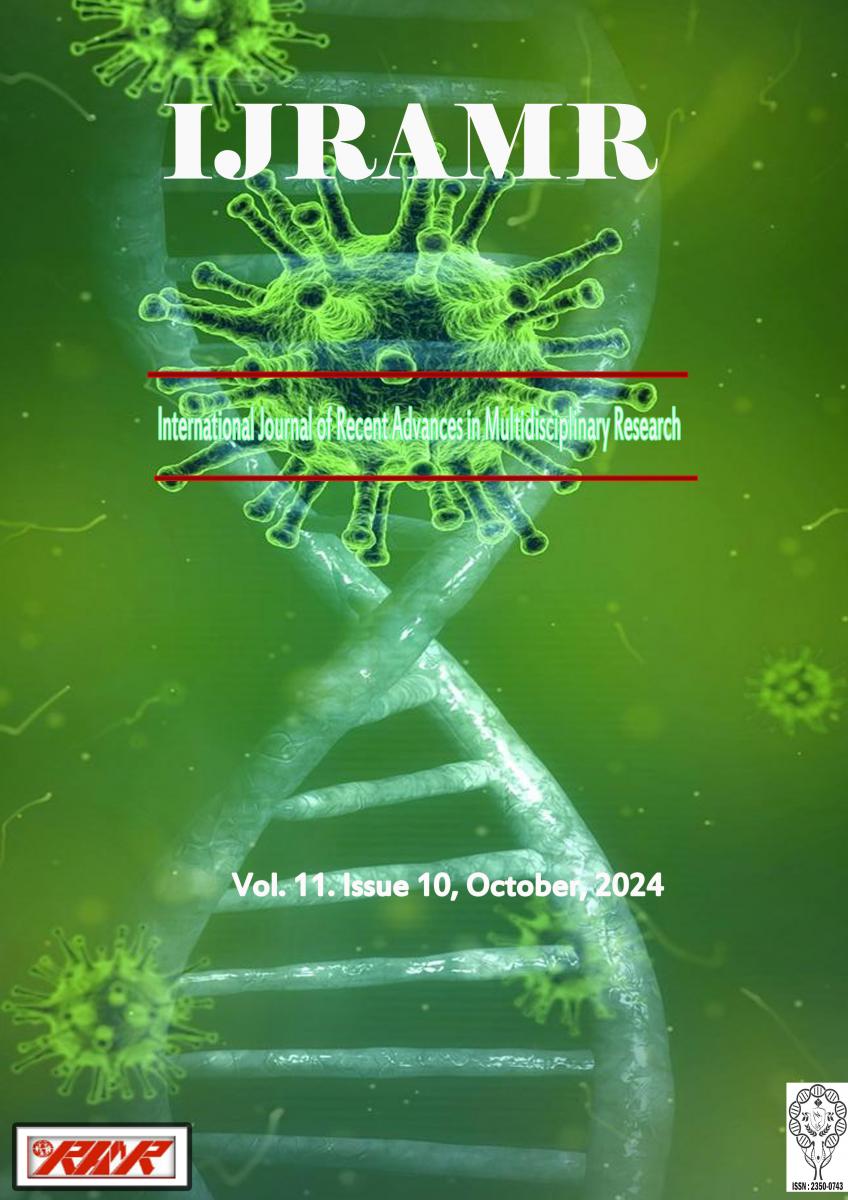Background: During the process of unknown person’s identification from mutilated remains, gender determination is one of the prefatory procedures. After gender determination, age estimation helps to reduce the range of potential matches for unknown person’s identification. Skeletal and dental components are chiefly used in such cases as these two structures survive longest after death of individual. Mandibular bone being more resistant to degradation & destruction, also being durable and retain shape better than other facial bones can be useful in identification. In such situations, orthopantomograph (OPG) has proven to be a valuable tool. Hence present study used mandibular morphological variables on OPG to determine gender and age in a population of Gujarat and also assess accuracy of the same. Material and methodology: In this retrospective study, data collection consisted of precalibrated OPGs of 200 dentate males & 200 dentate females, after framing inclusion and exclusion criterias. Eleven variables were measured bilaterally on mandible by using mouse driven method using image J software and statistics performed on SPSS software. Results and Conclusion: Mean values of all variables show gender discriminating features bilaterally, although all not being statistically significant. Discriminant function analysis gave centroid value of -.845 and + .845 on right side and -.832 and +.532 on left side with accuracies of 79.3% and 81.3% respectively. Similarly regression analysis for age estimation in males gave R2 values of .328 and .306 and in females gave R2 values of .431 and .454 for right and left side respectively. This leads to inference that OPG can be used for age and gender estimation in population of Gujarat.






